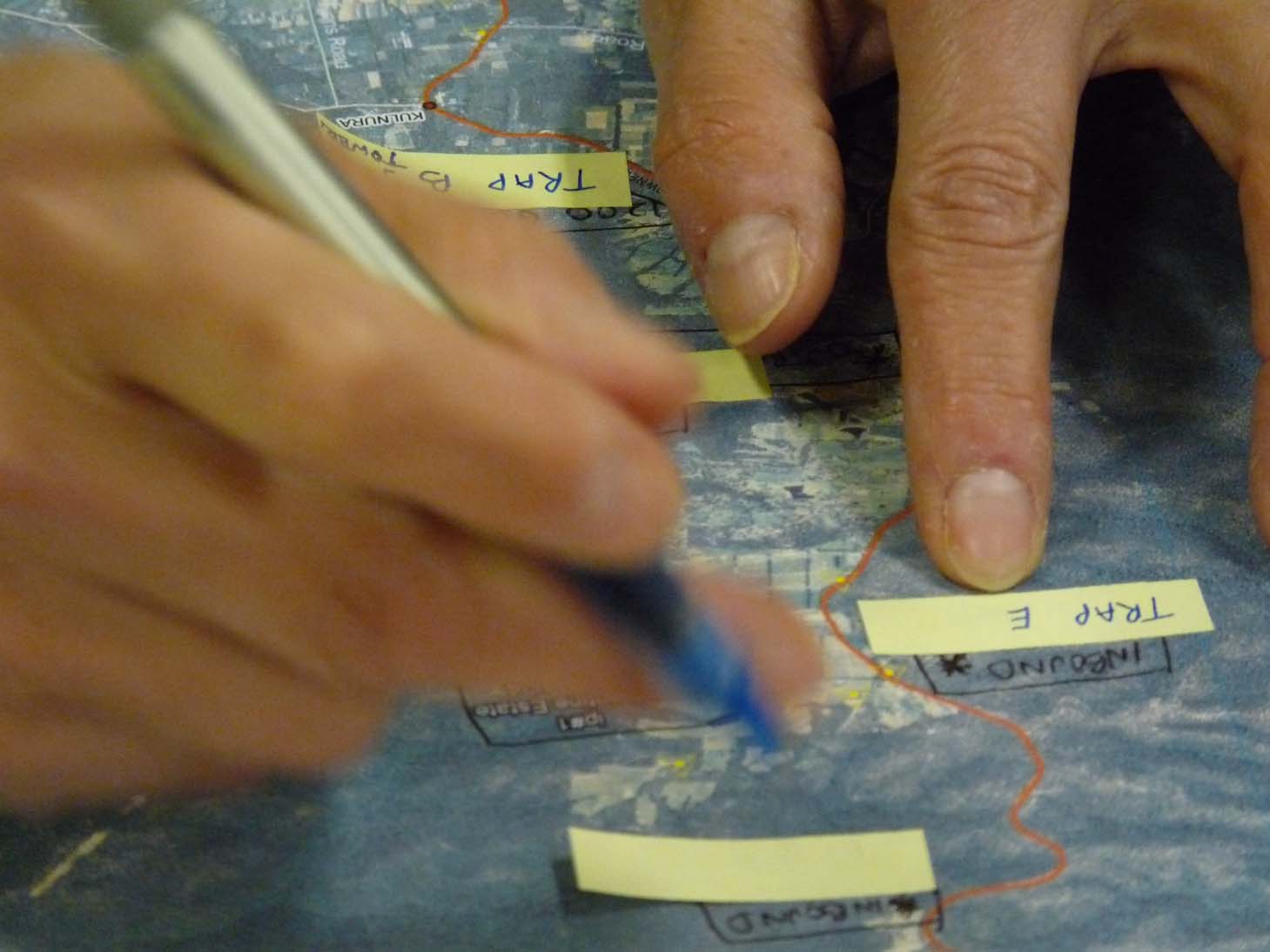surveillance
Spore traps need improvement to fulfil plant biosecurity requirements
| Publication Type | Journal Article | |
| Year of Publication | 2011 | |
| Authors | Jackson, S.; Bayliss, K. | |
| Journal Title | Plant Pathology |
Mobile traps are better than stationary traps for surveillance of airborne fungal spores
| Publication Type | Journal Article | |
| Year of Publication | 2012 | |
| Authors | Savage, D.; Barbetti, M.; MacLeod, W.; Salamc, M.; Renton, M. | |
| Journal Title | Crop Protection |
Case Study 2 - Sampling and surveillance in the grains industry
| Publication Type | Report | |
| Year of Publication | 2011 | |
| Authors | Elmouttie, D.; Hamilton, G. | |
| Pages | 27 |
Developing female lures for improved market access - Final Report
| Publication Type | Report | |
| Year of Publication | 2011 | |
| Authors | Lindhout, K.; Dalton, S.P.; Jessup, A.J.; Reynolds, O.; Spohr, L.J.; Harris, A.; De Lima, C.P.F.; Poogoda, S. |
There are two important reasons why pests including Emergency Plant Pests (EPPs) can become established in urban areas and spread to nearby horticultural or agricultural areas. First, urban dwellers usually purchase large quantities of goods and services from a variety of sources and locations, and so are potentially exposed to a wide a range of pests. Second, urban areas have a high density of exotic gardens and other resources that allow newly introduced pests to become established. Surveillance for EPPs in urban areas is therefore an important element of any system that aims to prevent the establishment of pests in rural and agricultural areas.
Research outcomes
This project looked at the contribution that passive and targeted (or active) surveillance can make to the on-ground management of Emergency Plant Pests (EPPs). EPPs can become established in urban areas and spread to nearby horticultural or agricultural districts. Surveillance for EPPs in urban areas is an important element of any system that aims to prevent the establishment of pests in rural and agricultural areas.
The benefits of a combined program of targeted and passive surveillance for an EPP was investigated. A combination of targeted and passive surveillance has kept the European wasp — a major pest of urban areas and horticulture in south-eastern Australia — from establishing a viable population in Western Australia for the last 30 years.
Targeted surveillance using lures and passive approaches relying on public reporting are complementary techniques that can prevent establishment and spread of European wasps.
Research implications
This project illustrated that a multi-pronged surveillance approach may be needed to control the spread of EPPs — in this case study, infestations of the European Wasp in Western Australia (WA).
For more than 30 years the Department of Agriculture and Food of Western Australia (DAFWA) has been using a combination of passive and targeted surveillance techniques to detect and then destroy wasp nests to control the European wasp.
A major challenge for the surveillance program is that if a nest is missed during one summer it may overwinter allowing the release of new queens. The population of wasps and their colonies can therefore exhibit explosive growth within a single summer.
Additionally, with hibernating wasp queens being continually imported into WA from rail or road transport freight there is an ongoing need for this cost effective surveillance program to continue.
Standard use of GPS devices (in Personal Digital Assistants or other hardware) would reduce the time required for data cleaning and manipulation and facilitate faster, more prompt analysis of surveillance data sets.
Acknowledgements
Thanks to Darryl Hardie and Fred Ramsden from DAFWA and the staff from the Pest and Disease Information Service (PaDIS).
PROJECT DETAILS
Complete
Budget
$55,000
PROGRAM DETAILS
CORE CRC PARTICIPANTS
The 10th International Working Conference on Stored Product Protection (IWCSPP) was held in Estoril, Portugal, from 27 June to 2 July 2010.
TRAVEL DETAILS
NAYAKM
When: June 2010 - July 2010
Location:
Summary:
Dr Manoj Nayak represented the CRCNPB at the 10th International Working Conference on Stored Product Protection (IWCSPP) - which was held in Estoril, Portugal - where he delivered an oral presentation titled ‘Developing strategies to manage highly phosphine resistant populations of flat grain beetles in large bulk storages’.
LOCATION
The 10th International Working Conference on Stored Product Protection was held in Estoril, Portugal from 27 June to 2 July 2010, under the auspices of the Instituto de Investigação C
TRAVEL DETAILS
EMERYR
When: June 2010 - July 2010
Location: Estoril, Portugal
Summary:
Mr Robert Emery attended the International Working Conference on Stored Product Protection where he gave a presentation on the development of pest surveillance data collection software and hardware.
LOCATION
Myrtle rust surveillance
 You could be forgiven for thinking it&
You could be forgiven for thinking it&


 “You cannot prove an area is free of a particul
“You cannot prove an area is free of a particul